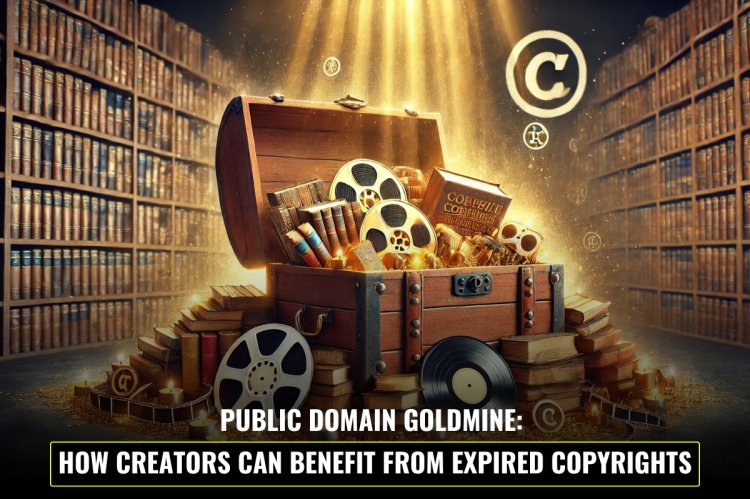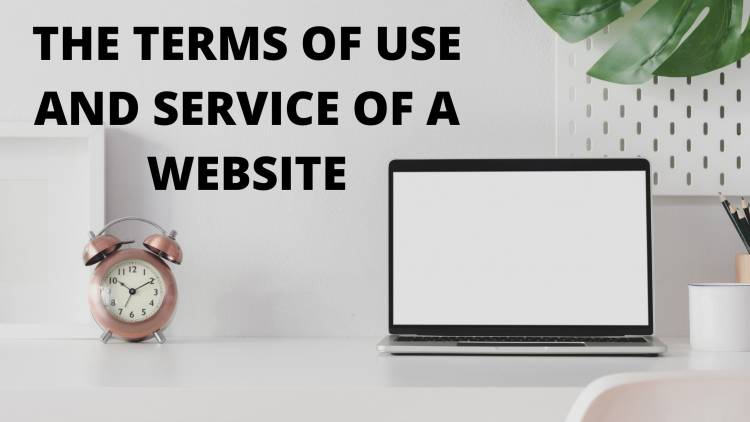Public Domain Goldmine: How Creators Can Benefit from Expired Copyrights
The public domain offers a wealth of creative opportunities for artists, writers, filmmakers, and entrepreneurs. When copyrights expire, classic works become freely available, allowing new adaptations, derivative works, and commercial opportunities. This blog explores how creators can harness the power of the public domain, from republishing classic literature to using historical music and film in modern projects.

INTRODUCTION
The public domain is a treasure trove of creative works free for anyone to use, adapt, and repurpose without legal restrictions. Every year, a new wave of books, films, music, and artwork enters the public domain as their copyrights expire. This presents an incredible opportunity for creators, entrepreneurs, and businesses to breathe new life into classic works, innovate, and profit in the process. Understanding how to utilize public domain materials effectively can open up endless possibilities for creativity and commercial success.
UNDERSTANDING THE PUBLIC DOMAIN
Public domain refers to creative works that are not protected by copyright laws, meaning anyone can use them without permission. Works enter the public domain in several ways:
- Expiration of Copyright: In most cases, copyrights last for the life of the author plus 70 years (in the U.S.). Works published before 1929 are now in the public domain.
- Failure to Renew Copyright: Older works that required renewal but were not renewed also fall into the public domain.
- Government Publications: U.S. government-created works are generally free for public use.
- Deliberate Dedication: Some creators choose to place their works in the public domain.
HOW CREATORS CAN BENEFIT
Once a work enters the public domain, the possibilities are endless. Here are some ways creators can leverage these assets:
1. Republishing Classic Literature
Many classic books, such as those by Jane Austen, Mark Twain, and F. Scott Fitzgerald, are in the public domain. This allows authors and publishers to:
- Reprint these works with modern illustrations.
- Write new introductions or annotations.
- Create translated versions or audiobooks.
- Develop educational editions with study guides.
2. Remixing and Retelling Stories
Filmmakers, writers, and artists can adapt classic stories into modern contexts. Examples include:
- Sherlock Holmes adaptations based on Arthur Conan Doyle’s work.
- Pride and Prejudice and Zombies, a mashup of Jane Austen’s novel with a zombie apocalypse twist.
- Creating modernized, culturally diverse retellings of old tales.
To know more about this you can follow the link below:
3. Creating Derivative Works
Public domain works can serve as the foundation for new creative projects, such as:
- Turning classic fairy tales into children's books with updated illustrations.
- Using public domain poetry in song lyrics or album art.
- Designing board games, comics, or video games inspired by classic characters.
- Crafting fan fiction that expands upon classic stories.
4. Using Public Domain Music and Film
Filmmakers and content creators can legally use old film clips, audio recordings, and compositions in their projects. For example:
- Classic jazz pieces or symphonies can be sampled in modern music without worrying about royalties.
- Vintage films can be restored, remastered, or re-edited for new audiences.
- Old radio broadcasts and speeches can be repurposed in documentaries or podcasts.
5. Educational and Commercial Uses
Public domain materials can be repurposed for educational content, including:
- Audiobooks and Podcasts: Narrating classic texts for modern listeners.
- Online Courses: Utilizing historical documents and speeches as learning materials.
- Merchandise: Posters, T-shirts, and prints featuring iconic public domain art.
- Children’s Education: Interactive storybooks, animations, and teaching aids featuring classic characters.
CONCLUSION
The public domain is a goldmine for creative minds looking to innovate without legal constraints. Whether you are a writer, filmmaker, musician, educator, or entrepreneur, there are endless ways to transform public domain works into something fresh, engaging, and profitable. By tapping into these free resources, you can bring classic ideas into the modern age while building a sustainable creative career. The key is recognizing the value of what is available and strategically using it to craft something new and meaningful.












